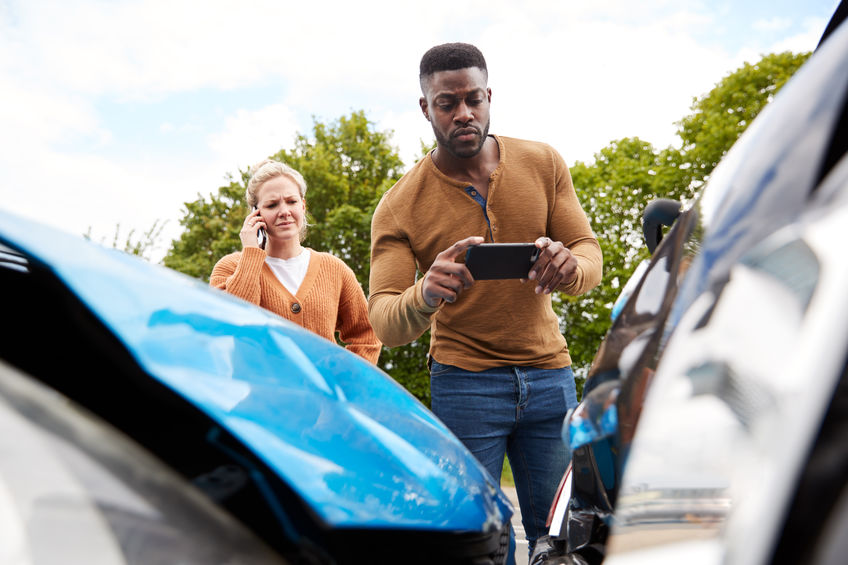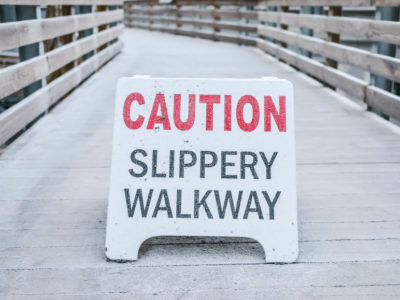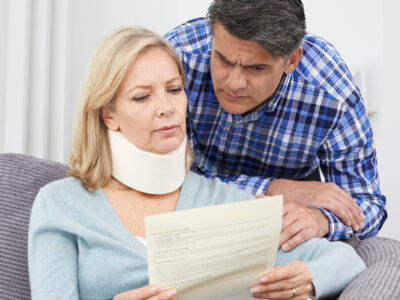

What Types of Evidence Are Gathered for Personal Injury Cases?
A personal injury claim is filed to recover damages for people who were injured because of the negligence of another. Cases involving serious, long-term injuries can yield large settlements but even with less serious injuries people can recover substantial damages for medical expenses and lost wages during recovery. A lawsuit brought by a personal injury lawyer is also a way to hold the negligent party responsible for their behavior. Common types of personal injury claims include wrongful death, motor vehicle accidents, pedestrian accidents, and medical malpractice.
If you have spoken with a personal injury lawyer and they have agreed to take your case, the attorney will begin moving through the steps of a personal injury claim; beginning with gathering all relevant documents and evidence.
What types of evidence are gathered for personal injury cases?
There are two types of evidence used to build personal injury cases: physical evidence and non-physical evidence. Though they fall into different categories, both types serve the purpose of proving the physical and/or psychological harm the plaintiff has suffered and the expenses they have incurred as a result of their injuries.
Physical evidence
Physical evidence is any evidence that can be visually seen or observed by the jury so they can gain a sense of the severity of the situation. For example, evidence of property damage and physical injuries. Since not all physical evidence can be preserved or actually brought into a courtroom, pictures often serve as a way to document the evidence. This is why it’s so important to take pictures of the scene of an accident along with pictures of any visible wounds before they are treated. Physical evidence can make a big impact on the jury outcome so as much of it should be presented as possible.
Non-physical evidence
Non-physical evidence is factual information or testimony presented to the jury. Its purpose is to have the jury draw the conclusions the personal injury lawyer intends for them to. Because physical evidence can be hard to come by, there is often more non-physical evidence presented than physical. Factual information can come in the form of a police report, medical bills, medical records and depositions. Testimony is given by witnesses, both expert and normal, who are called to help bolster the plaintiff’s case. Expert witnesses are retained by the injury attorney to present an expert opinion on accident reconstruction or medical information relevant to the accident and injuries suffered by the plaintiff. Normal witnesses are used to confirm the plaintiff’s account of what happened at the scene of the accident.
How to gather evidence for a personal injury case
The more evidence you can provide your injury attorney, the better. Useful evidence that could be gathered by the injured party includes pictures from the scene of the accident, property damage and injuries as well as medical bills and the names and contact information of normal witnesses. A police report is also very important. Your attorney will take any evidence you have that is permissible in court and continue gathering evidence on your behalf.
Seek the help of a personal injury attorney
If you or a loved one was injured because of the negligence of another, contact a personal injury lawyer to discuss your legal rights. Let an experienced accident attorney fight for the full compensation that you deserve. It is not uncommon to receive a settlement from the insurance company that is five to ten times larger with the help of a lawyer. Call the personal injury lawyers at Tario & Associates, P.S. in Bellingham, WA today for a FREE consultation! We have been representing residents of Whatcom County, Skagit County, Island County and Snohomish County since 1979. You will pay nothing up front and no attorney fees at all unless we recover damages for you!




